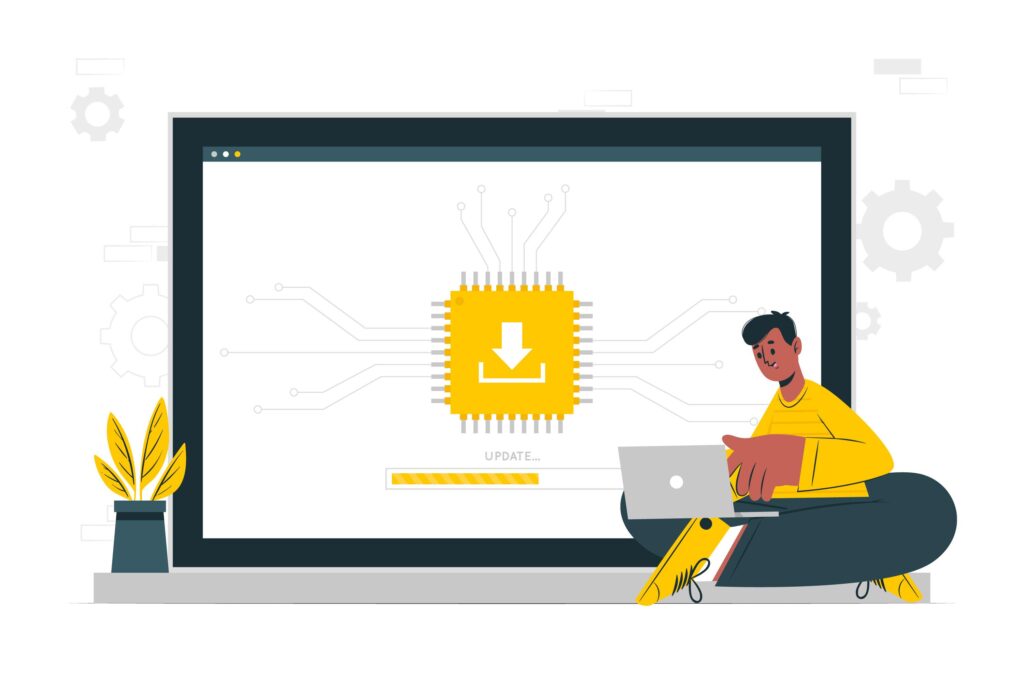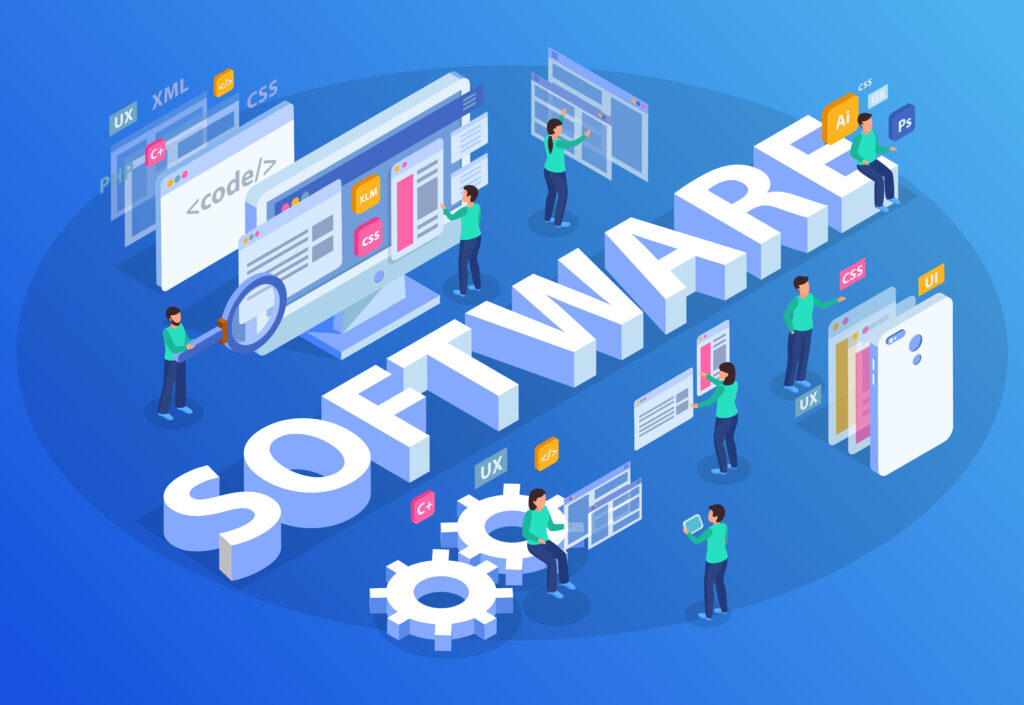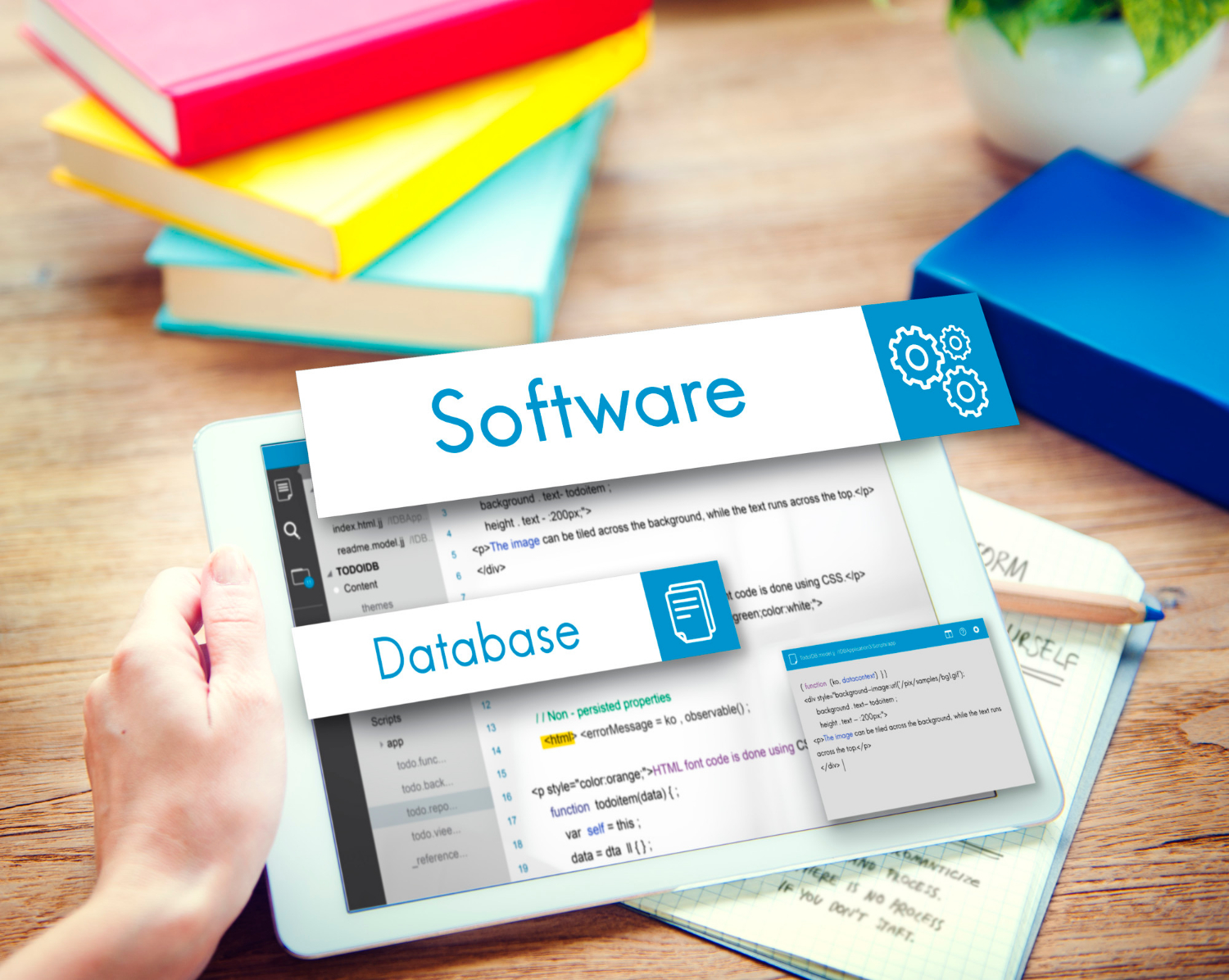In the modern world of technology, the terms software vs firmware often arise in discussions of devices, computers, and embedded systems.
Although these terms are sometimes used interchangeably, they denote distinct concepts integral to various systems’ operation and functionality.
The distinction between software vs firmware can sometimes be nuanced, yet it is crucial to understand their differences and the roles they play in technology.

What Is Software?
The software collects data, programs, and instructions that tell a computer or device how to operate. It is intangible, a virtual set of codes stored on physical hardware like a hard drive, SSD, or cloud storage.
Software can be divided into three categories: system, application, and middleware.
System software, such as operating systems (OS) like Windows, Linux, or macOS, manages the hardware and provides services for other software. It is the intermediary between the user, application software, and the machine’s hardware.
On the other hand, application software refers to the programs that enable users to perform specific tasks, such as word processing, graphic design, or gaming. Middleware is a less commonly known software that connects and facilitates communication between applications and the operating system.
One of the software’s defining characteristics is its flexibility. It can be easily modified, upgraded, or replaced without altering the underlying hardware. Software is designed for easy modification, whether updating a game, fixing bugs in a productivity application, or patching security vulnerabilities in an OS.
What Is Firmware?
Firmware, on the other hand, occupies a unique space in the technological ecosystem. While firmware is technically a type of software, it is unique because it is closely tied to the hardware it controls. It bridges the hardware and higher-level software, providing low-level control to manage device components.
Software vs Firmware is usually stored on non-volatile memory, such as ROM (Read-Only Memory), EEPROM (Electrically Erasable Programmable Read-Only Memory), or flash memory.
It means that firmware remains on the device even when power is removed, ensuring that crucial instructions are always available to the hardware when the device is turned on.
Devices like smartphones, printers, routers, and even household appliances rely on firmware to handle basic tasks such as booting up or managing low-level operations.
One key difference between software and firmware is their intended lifespan and the frequency of updates. Firmware is often designed to be more permanent than standard software.
Software vs Firmware: Core Differences:
1. Flexibility and Updates:
The most apparent distinction between Software vs Firmware is the flexibility each offers. Software is inherently malleable and designed to be updated or changed regularly.
Operating systems, for example, receive frequent updates to introduce new features, improve security, or fix bugs. This ease of modification allows developers to release patches and updates often, giving users access to the latest improvements.
In contrast, firmware is typically more rigid. Since firmware controls the fundamental aspects of hardware operation, it is less frequently updated and requires more specialised procedures to change.
Firmware updates are usually reserved for critical improvements or security patches. They are more complex than software updates and require specific tools or technical expertise.

2. Dependency on Hardware:
Another significant difference when considering Software vs Firmware is the level of dependency each has on the hardware.
The software operates independently of the hardware, relying instead on the operating system and middleware to communicate with the machine. A piece of software can generally be used on different types of hardware, provided the system requirements are met.
For example, a word processing application can be installed on multiple devices, from desktop computers to laptops, as long as the OS supports it.
Firmware, by contrast, is deeply intertwined with the specific hardware it controls. It is written to manage a device’s particular components and cannot be easily transferred or applied to other systems.
Its functionality is tailored to the specific hardware it governs. For instance, the firmware in a printer that manages how ink is dispensed cannot be swapped with that of a smartphone or router.
3. Level of Interaction with the User:
The third point of comparison in the Software vs Firmware debate is how each interacts with the end user. Software is often designed with a graphical or command-line user interface, allowing user input and interaction.
Application software, in particular, is designed to meet the user’s needs, providing functions and utilities for daily tasks. The interaction with software is usually frequent, dynamic, and user-centric.
Conversely, firmware typically operates behind the scenes, with minimal user interaction. Firmware exists to manage the hardware, and its operation is generally hidden from the user.
Most users will never directly interact with their device’s firmware, except perhaps during the initial setup or a rare update. Even then, the process is typically automated or requires minimal user input.
4. Longevity and Stability:
When examining Software vs Firmware from the perspective of longevity and stability, firmware tends to be more stable over time. Since firmware is integral to a device’s basic functionality, it is designed to be reliable and consistent, requiring fewer updates and undergoing fewer changes.
This stability is crucial in embedded systems, where disruptions caused by frequent updates could lead to hardware malfunctions.
On the other hand, software evolves rapidly, with new versions, patches, and updates being released frequently. While this rapid change benefits innovation and improvements, it can also introduce instability.
Bugs, compatibility issues, and security vulnerabilities often accompany new software releases, necessitating ongoing updates and maintenance.
Where Do We See Firmware in Use?
While we have established the critical differences between Software vs Firmware, examining specific instances where firmware is essential is useful. Embedded systems are one of the most common environments where firmware plays a critical role.
Devices such as microwave ovens, smart thermostats, and even automobiles rely on firmware to manage their core functions. For example, in modern cars, firmware governs the operation of anti-lock braking systems, engine control units, and infotainment systems.
Another vital domain for firmware is in networking equipment. Routers, switches, and modems depend on firmware to manage their networking protocols and ensure data is transmitted efficiently between devices.
The stability and reliability of firmware are essential in these devices, as even a tiny glitch could disrupt the functionality of an entire network.
The Symbiosis of Software and Firmware:
While the Software vs Firmware comparison highlights their differences, it’s important to acknowledge their interdependence. Neither can function entirely in isolation.
Firmware provides the necessary low-level control of hardware, without which software could not effectively interact with physical components. Similarly, software adds functionality and user interaction layers, fully utilising a device’s capabilities.
A smartphone, for example, requires firmware to manage tasks like charging the battery, controlling the touchscreen, and handling wireless communication.
At the same time, the user interacts primarily with the software, such as the operating system and apps, to perform tasks like browsing the web or sending messages. The seamless integration of software and firmware makes these devices feel intuitive and responsive.

Conclusion:
Both are indispensable components of modern technology in the debate of Software vs Firmware. Software offers flexibility, frequent updates, and a higher degree of user interaction, making it ideal for applications and operating systems.
Firmware, however, provides the low-level control and stability that hardware devices depend on for their core functions. While the two operate in distinct realms, their symbiotic relationship ensures today’s technological devices’ smooth and efficient functioning.
Understanding the differences and interdependencies between software and firmware is essential for anyone navigating the complex world of modern computing systems.
